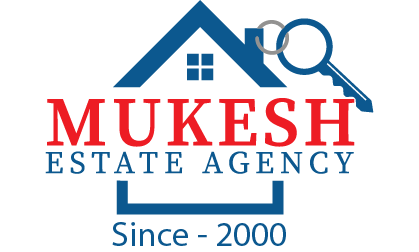
Property value is determined by a combination of factors, which can be broadly categorized into location, physical characteristics, economic conditions, and regulatory environment. Here’s a detailed breakdown of these factors:
📍 1. Location
Neighborhood Quality: Proximity to amenities such as schools, parks, shopping centers, and restaurants can significantly influence property value.
Proximity to Workplaces: Properties closer to major employment hubs tend to have higher values due to reduced commute times.
Crime Rates: Lower crime rates generally lead to higher property values.
Views and Scenery: Properties with scenic views or situated in aesthetically pleasing areas tend to be more valuable.
Accessibility: Ease of access to public transportation, major roads, and highways can increase property value.
2. Physical Characteristics
Size and Layout: The overall size of the property, number of bedrooms and bathrooms, and the functional layout of rooms can affect value.
Age and Condition: Newer properties or those that are well-maintained and updated often command higher prices.
Architectural Style: Unique or desirable architectural styles can add value.
Upgrades and Features: Modern kitchens, bathrooms, energy-efficient windows, and high-quality finishes can increase property value.
Lot Size and Landscaping: Larger lots and professionally landscaped yards tend to be more valuable.
🤘 3. Economic Conditions
Market Trends: The overall health of the real estate market, including supply and demand dynamics, plays a significant role.
🔥 Interest Rates: Lower interest rates generally increase buyers’ purchasing power, potentially raising property values.
🔥 Local Economy: Economic stability and growth in the local area can boost property values.
🔥 Employment Rates: Higher employment rates often correlate with higher property values.
🤘 4. Regulatory Environment
Zoning Laws: Zoning regulations can impact property use and potential, thus affecting value.
✅ Property Taxes: Higher property taxes can negatively affect property values, whereas areas with lower taxes might attract more buyers.
✅ Building Codes and Restrictions: Stringent building codes can increase costs for maintenance and upgrades, potentially impacting property values.
💐 5. Social and Demographic Factors
Population Growth: Areas experiencing population growth often see increased property values due to higher demand.
Demographic Trends: Changes in demographics, such as an influx of younger families or retirees, can influence property demand and value.
☀️ 6. Environmental Factors
Natural Disasters: Properties in areas prone to natural disasters (floods, earthquakes, hurricanes) may have lower values due to higher insurance costs and potential damage risks.
Climate: Favorable climate conditions can enhance property value, especially in regions with mild weather.
🤘 7. Comparable Properties
Recent Sales: Prices of similar properties that have recently sold in the area (comparables or comps) are a key determinant.
Appraisals: Professional appraisals consider various factors to estimate property value accurately.
🏢 8. Future Development
Planned Infrastructure:
Upcoming infrastructure projects like new roads, public transportation, and community developments can increase property value.
Neighborhood Development: Gentrification or revitalization projects can significantly raise property values.
🤘 🤘 Understanding these factors can help both buyers and sellers make informed decisions in the real estate market.
📲 Contact Mukesh Estate Agency 📲 9920466897 | 9870747174 to make this your dream home sweet home! 🏡✨


